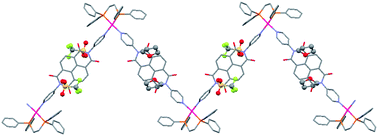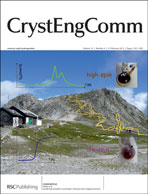Deciphering anion–π-acceptor interactions and detecting fluoride using a naphthalenediimide-based Pd(ii) coordination polymer†
Abstract
Unequivocal structural evidence of noncovalent interactions between π-acidic naphthalenediimides (NDIs) and anions has been elicited by


 Please wait while we load your content...
Please wait while we load your content...